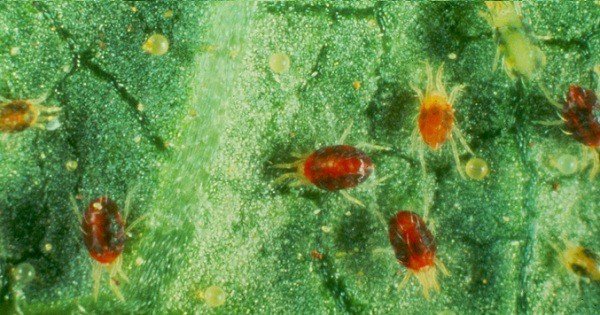Japanese river fever

Tsutsugamushi fever /other names – Japanese river fever, bush typhus, jungle spotted typhus, Sumatra tick fever, Indian tick fever, Malayan village typhus/ – an acute antrozoonous rickettsiosis infectious for Southeast Asia , proceeding with multiple vaxulitis, perivasculitis and with an increase in body temperature, with pronounced involvement of the nervous and cardiovascular system, with the presence of a primary affect, characterized by a spotted-nodular skin rash.
The disease has long been known in Asian countries. In China, it was described as early as the 3rd century BC under the name “Shu-shu”, which means “bite of small red insects”.
In Japan, even in ancient times, the disease was called Tsutsugashumi kedami, agamushi, which reflected the connection of rickettsiosis with the bite of small ticks.
The first scientific description of the disease was made in 1810 by Hashimoto, who used the popular name tsutsugamushi, which was also established in literature.
At the beginning of the 20th century, the transmission of the causative agent through the bite of red ticks was experimentally established. In 1928-31, the causative agent of the infection was described in detail.
During World War II, tsutsugamushi fever spread widely among American and British troops stationed in Southeast Asia and the eastern Pacific Ocean, which became the reason for deepening research on this infectious form.
The various red vector ticks were then studied and the geographical species of the causative agent described. In 1945-46, a prophylactic vaccine was also created to immunize the population in regions where tsutsugamushi fever is endemic.
Etiology and Epidemiology
The causative agent of Japanese river fever, Rickettsia orientalis, has properties similar to other rickettsiae. The antigenic properties of the causative agent allow it to be differentiated from other rickettsiae.
Tsutsugamushi fever is a natural outbreak disease.
The carriers of rickettsia in nature are rodents – rats, voles, voles, rabbits, which usually carry the latent form of the infection, and also their external parasites – red ticks, in which transphase and transovarian transmission of rickettsia is observed.
Only tick larvae infected transovarially serve as carriers of rickettsia, as they feed on the blood of rodents. Sexually mature red ticks lead a free lifestyle and are not bloodsucking.
Humans can become infected in natural foci of the infection as a result of falling into infected larvae of red ticks whose habitat is river valleys.
The seasonality of the disease is different in different climatic zones, but it always coincides with the maximum number of larvae carriers of Rickettsia orientalis. People who are engaged in activities in the field and in agriculture are mostly infected.
In areas where tsutsugamushi fever is endemic, isolated cases of sick people and epidemic outbreaks among non-immunized population groups are possible.
The largest epidemic outbreaks were described in World War II, and susceptibility to infection is high among all age groups.
What are the symptoms?
The incubation period lasts from 7 to 20 days, but on average 10-12. Prodromal phenomena such as weakness, malaise, lack of appetite are rarely observed.
Most often, the disease begins suddenly – the patient feels chills, severe headache, muscle pain, often begins to suffer from insomnia.
The body temperature rises rapidly and by the 3rd 4th day reaches 39-40 degrees Celsius and remains at this level with small morning remissions for a period of 14-16 days, sometimes up to 3 weeks and more. Usually the febrile period ends with accelerated lysis.
In the period of apyrexia, that is, at normal body temperature, repeated febrile waves are possible.
Treatment of Japanese river fever
Complex therapy is prescribed, including preparations from the tetracycline group and from that of chloramphenicol.



